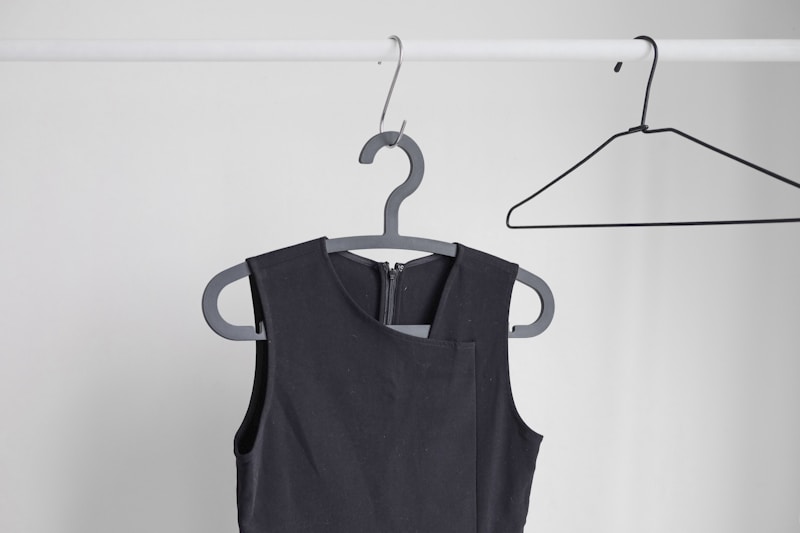Master the Art of Dress Shopping with a Financial Plan
Transform Your Wardrobe: Dress Shopping with a Financial Plan
Shopping for dresses can be an exhilarating experience, but without a clear financial plan, it can quickly turn into a stressful one. Whether you’re preparing for a special occasion, updating your wardrobe, or just indulging in some retail therapy, having a financial strategy is crucial. In this article, we will explore how to approach dress shopping with a financial plan in mind, maximizing both your budget and your style.
The Importance of a Financial Plan in Dress Shopping
Before we dive into strategies for dress shopping, it’s essential to understand why a financial plan is necessary. A well-defined approach not only helps you stay within your budget but also empowers you to make informed decisions about your purchases. Here are some compelling reasons to prioritize a financial plan:
- Avoiding Impulse Purchases: When you shop without a plan, you may be tempted to buy dresses that don’t fit your style or occasion, leading to buyer's remorse.
- Maximizing Your Budget: A financial plan allows you to allocate specific amounts for different categories, helping you find the best dresses without overspending.
- Identifying Priorities: Knowing what you need versus what you want will guide your shopping trip and ensure you invest in pieces that you will wear regularly.
Steps to Create Your Dress Shopping Financial Plan
1. Assess Your Wardrobe
Before you even think about spending money, take a good look at your current wardrobe. Identify which styles you wear often, which need replacing, and what may be outdated. By doing this, you’ll have a clearer picture of what to shop for.
2. Set a Budget
Your budget will serve as the backbone of your shopping plan. Decide how much you are willing to spend on dresses in total. A recommended approach is to create a range—for example, $100 to $300. This flexibility allows for some freedom while ensuring you don’t stray too far from your limit.
3. Research Common Price Points
Understanding the typical price ranges for the styles you are interested in will help you set realistic expectations for your budget. Here’s an overview:
| Dress Type | Average Price |
| Casual Dresses | $30 - $100 |
| Evening Gowns | $100 - $600 |
| Bridal Dresses | $500 - $3000 |
| Dresses for Work | $50 - $200 |
| Party Dresses | $40 - $150 |
This table illustrates the average costs you can expect based on dress type, helping you prepare your finances accordingly.
4. Make a List of Desired Styles
Compile a list of styles or specific dresses you wish to try or buy. This focused approach will not only reduce unnecessary browsing time but also keep you committed to your planned expenditure.
5. Look for Discounts and Sales
Before hitting the stores, take the time to research promotions, store loyalty programs, and seasonal sales. Many retailers offer substantial discounts during weekends, holidays, or specific seasons. Use platforms like RetailMeNot or Honey to find the best deals available.
Shopping Strategies with Your Financial Plan
1. Stick to Off-Peak Shopping Times
Visiting stores during less busy hours allows you to receive personalized attention from staff who can assist you better. Furthermore, you can focus on your financial plan without being distracted by other shoppers. Consider shopping during weekdays or early in the morning during the weekends.
2. Try Before You Buy
When on your shopping spree, always prioritize trying on dresses before making a purchase. Check for fit, comfort, and how it flatters your body type. A dress that looks perfect on the hanger may not translate to an ideal fit when worn.
3. Keep an Eye on Quality
Investing in quality pieces may seem expensive initially, but in the long run, they often prove to be more cost-effective since they last longer. Check the fabric, stitching, and overall construction of the dress before buying.
Smart Post-Purchase Decisions
1. Maintain a Dress Maintenance Routine
To make the most of your investment, establish a regular maintenance routine for your dresses. Simple practices such as following care labels for washing, avoiding over-wearing the same pieces, and understanding proper storage techniques can prolong the life of your dresses.
2. Consider Dress Swaps or Rentals
For special occasions, consider swapping dresses with friends or renting from platforms like Rent the Runway. This is a way to enjoy high-end dresses for a fraction of the retail price, fitting seamlessly within your financial plan.
When to Reassess Your Financial Plan
After each major shopping round, take the time to reassess your financial plan. Reflect on your spending habits and whether you remained within your budget. Adjustments may be necessary based on changing fashion trends or alterations in your financial situation.
Conclusion: Make Your Financial Plan Work for Your Dress Shopping
By adopting a structured financial plan, your experiences with dress shopping will be enjoyable and satisfying. Remember, the goal is to enhance your wardrobe wisely without compromising your financial health. Focus on quality and practicality while remaining stylish, as this blend will ultimately lead to more sustainable shopping choices.
As you embark on your next dress shopping venture, keep these tips in mind. Stay focused, be prepared, and most importantly, have fun curating your perfect wardrobe. Happy shopping!
